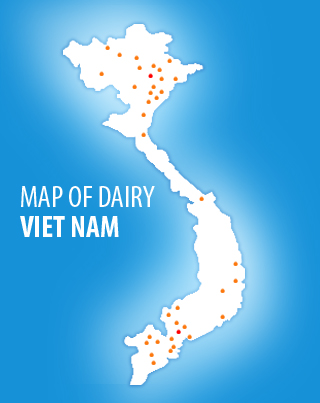Other Activities

The study, published February 21 in the CDC journal Emerging Infectious Diseases, reviewed dairy product outbreaks from 1993 to 2006 in all 50 states. The authors compared the amount of milk produced in the United States during the study period (about 2.7 trillion pounds) to the amount that CDC estimates was likely consumed raw (1 per cent or 27 billion pounds) to determine the 150 times higher rate for outbreaks caused by raw milk products. Raw milk products include cheese and yogurt.
The study included 121 dairy–related disease outbreaks, which caused 4,413 illnesses, 239 hospitalizations and three deaths. In 60 per cent of the outbreaks (73 outbreaks) state health officials determined raw milk products were the cause. Nearly all of the hospitalizations (200 of 239) were in those sickened in the raw milk outbreaks.
These dairy-related outbreaks occurred in 30 states, and 75 per cent (55 outbreaks) of the raw milk outbreaks occurred in the 21 states where it was legal to sell raw milk products at the time. The study also reported that seven states changed their laws during the study period.
Consumers can’t tell if raw milk is safe to drink by looking at, smelling, or tasting it. Even under ideal conditions of cleanliness, collecting milk introduces some bacteria. Unless the milk is pasteurized, these bacteria can multiply and grow in the milk and cause illness. Pasteurization involves heating milk to kill disease-causing bacteria.
“This study shows an association between state laws and the number of outbreaks and illnesses from raw milk products,” said Robert Tauxe, M.D., M.P.H., deputy director of CDC’s Division of Foodborne, Waterborne and Environmental Diseases (DFWED).
“Restricting the sale of raw milk products is likely to reduce the number of outbreaks and can help keep people healthier. The states that allow sale of raw milk will probably continue to see outbreaks in the future.”
The study also found that the raw milk product outbreaks led to much more severe illnesses, and disproportionately affected people under age 20. In the raw milk outbreaks with known age breakdowns, 60 per cent of patients were younger than age 20, compared to 23 per cent in outbreaks from pasteurized products. Children are more likely than adults to get seriously ill from the bacteria in raw milk.
“While some people think that raw milk has more health benefits than pasteurized milk, this study shows that raw milk has great risks, especially for children, who experience more severe illnesses if they get sick,” said study co-author Barbara Mahon, M.D., M.P.H., deputy chief of CDC’s DFWED Enteric Diseases Epidemiology Branch.
“Parents who have lived through the experience of watching their child fight for their life after drinking raw milk now say that it’s just not worth the risk.” Among other key findings:
- Thirteen per cent of patients in raw milk outbreaks were hospitalized compared to 1 per cent in pasteurized milk outbreaks. This may be because raw milk outbreaks were all caused by bacteria, such as E. coli O157, which tend to produce more severe illnesses, according to the study.
- Pasteurized milk and cheese outbreaks were often caused by relatively mild infections like norovirus and Staphylococcus aureus.
To view the study, please visit www.cdc.gov/eid. For more information about raw milk, visit http://www.cdc.gov/foodsafety/rawmilk/raw-milk-index.html.























